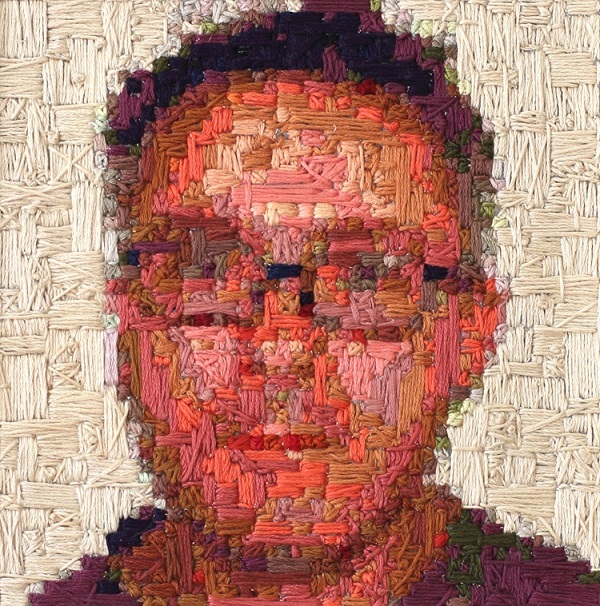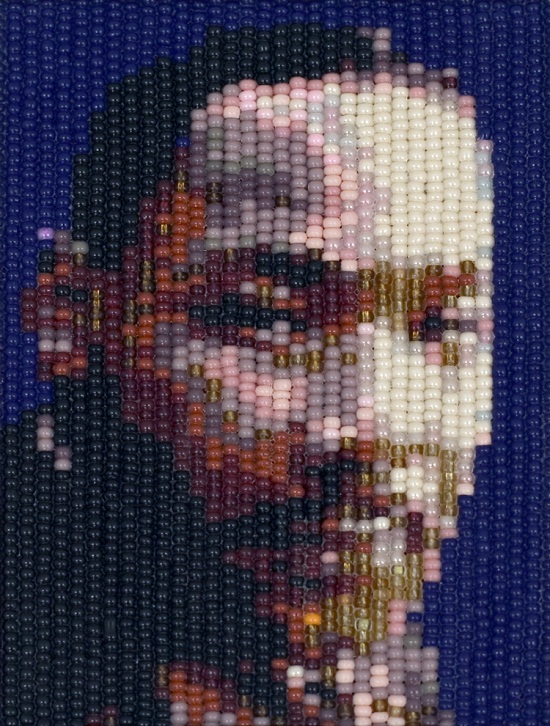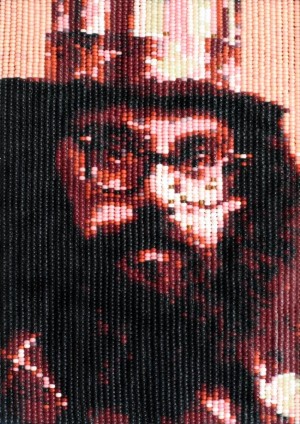Artist of the Week 8/29 – 9/4: Jean-Pierre Séguin Creates Abstract Work with a Concrete Context
When told that I would be seeing an exhibition of portraits, I suppressed a sigh, reminded of the dusty old art history textbook that rests forgotten in my closet. To me, the word “portraits” brings to mind an antiquated time when painters sat around all day, staring down a bowl of ripe fruit, or directing their female models to tilt their chins slightly to the left. However, the work of Jean-Pierre Séguin has completely obliterated my assumptions, bringing to light the unbelievable amount of artistic expression and flexibility that the age-old genre still has to offer.
Born in Montreal, Séguin has been a professor at the University of Québec at Chicoutimi since 1979. His work has been exhibited in Canada and New York and much of it is now part of private and public collections. He is currently represented by OK Harris Gallery in New York, where many of his assemblages are on display.
Séguin has dedicated much of his artistic career to studying the intersection between abstract and concrete, modern technology and artistic tradition, being perhaps one of the first to believe that both pairs of opposites can exist simultaneously. For Séguin, proof that this phenomenon exists is best represented through portraits.
Unlike artists of times past, Séguin’s artistic process involves a digital camera, a computer, and a collection of useful materials (such as 3,000 custom-made buttons and hundreds of incomplete puzzles bought from flea markets). He layers these three processes to create his intricate Assemblages, photographs of contemporary artists made three-dimensional by the aforementioned materials. For example, Peace and Love is a black-and-white photograph of Séguin himself, made up of hundreds of individually painted toy soldiers.
Séguin uses these 3D materials to play with the viewer’s perception; upon first glance, viewers perceive one cohesive image, but as they move closer to the canvas, the image becomes hundreds of individual objects. This simple, yet effective, concept underlies much of Séguin’s work, and is something that he is most interested in: creating an abstract work with a concrete context.
GALO: Your work is so connected to the use of modern technology in creating your portraits. Technology is a medium that evolves very quickly — has your art changed with it? How has the use of technology affected the evolvement of your work?
Jean-Pierre Séguin: The new technology allows me to work faster and to explore different ways to compose the picture. For me, the computer is a tool among many others. I think my work is changing with the evolution of the tools I use. But it is important that the technology is at the service of the artist and not the reverse.

A portrait of Damien Hirst by Jean-Pierre Séguin. Photo Courtesy of: Jean-Pierre Séguin.
GALO: You have done a few self-portraits: one of yourself as a young man, one of yourself now. Was it difficult to decide how to recreate yourself?
JS: No, I think it is easier. But I admit that it is more rewarding for the ego to be portrait as a young man… As I’m not looking for [a] glamorous decorative effect, sometimes a person is disappointed with his portrait. Often, the subject of the painting is only part of it and the quality of work is often independent of the subject. If you [make] several portraits of a person, there will certainly be one that will be more successful than others.

A portrait of Martin Luther King Jr. by Jean-Pierre Séguin. Photo Courtesy of: Jean-Pierre Séguin.
GALO: I find it interesting that you have incorporated a highly modern technology — using a digital camera and computer to create different motifs — into the age-old artistic genre of portraits, creating each by hand. What does the digital component add to your work? Do you think that you are in the process of evolving the genre into something new?
JS: The computer and digital camera are amazing tools with many possibilities. In 1995 and 1996, I made my first digital portraits. I love the digital image printed perfectly but I also like the image made by hand, the image of the relief material, stains, etc. I feel that the digital work is well-suited to the development of ideas and work by hand expresses more sensitivity. We all have within us a part of different levels of emotional and rational and this is reflected in our creations.
(Article continued on next page)

